Grevillea juniperina
Juniper-leaf Grevillea, Prickly Spider Flower
Grevillea juniperina, also known as the Juniper-leaf Grevillea or Prickly Spider Flower, is a striking evergreen shrub native to Australia. It boasts unique needle-like foliage resembling juniper leaves and captivating clusters of tubular, spider-like flowers in vibrant shades of red, pink, and orange. This hardy and drought-tolerant shrub thrives in full sunlight and well-draining soil, making it an ideal choice for dought-tolerant gardens. Its nectar-rich blooms are a magnet for pollinators, adding ecological value to the landscape.
Grevillea juniperina’s distinctive appearance, adaptability, and wildlife-attracting qualities make it a prized selection for landscaping enthusiasts and those seeking to enhance biodiversity in their outdoor spaces.
Want to be notified when this product is back in stock?
Plant Biography
Grevillea juniperina, commonly known as the Juniper-leaf Grevillea or Prickly Spider Flower, has a rich botanical history rooted in Australia. It belongs to the Proteaceae family, a diverse plant family found predominantly in the Southern Hemisphere. This species is endemic to various regions across eastern Australia, thriving in a variety of ecosystems, including heathlands and forests.
The genus name “Grevillea” honors Charles Francis Greville, an 18th-century patron of botany and co-founder of the Royal Horticultural Society. Grevillea juniperina’s specific epithet “juniperina” alludes to the juniper-like appearance of its needle-shaped leaves.
Indigenous Australian communities have long recognised the ecological importance of Grevillea juniperina. Its nectar-rich blooms have traditional significance, attracting birds and pollinators. Over time, this plant has also gained prominence in horticulture due to its unique foliage and striking flowers, becoming a cherished addition to gardens and landscapes across Australia and beyond. Its botanical history is a testament to its enduring appeal and ecological importance in the region.
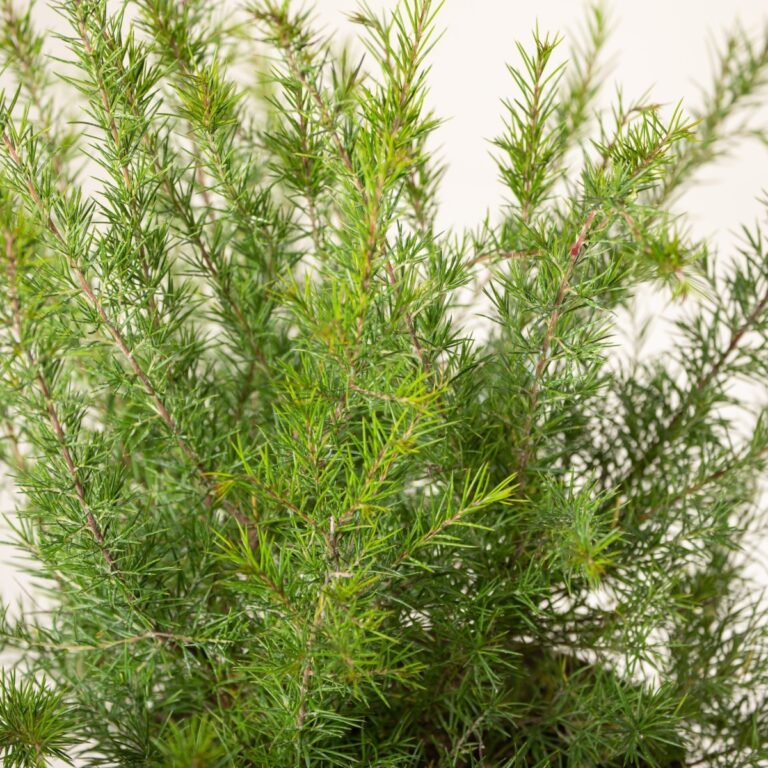
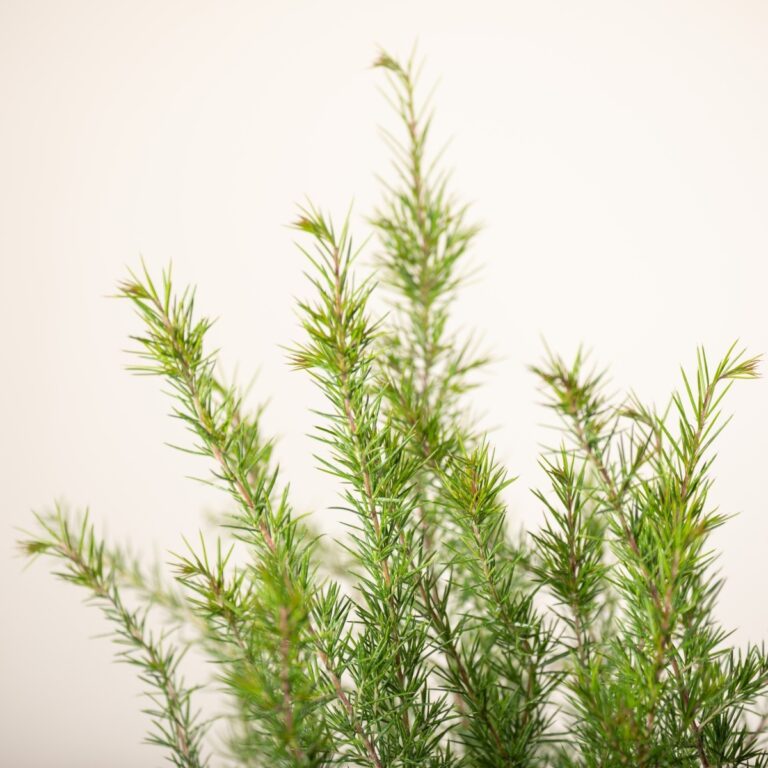
Care & Size Guidance
To care for Grevillea juniperina, ensure it receives full sunlight, as it thrives in bright conditions. Plant it in well-draining, slightly acidic to neutral soil, allowing the soil to dry between watering. While drought-tolerant, it’s essential to water deeply but infrequently, especially during the first year. Mulch around the base for moisture retention. Protect young plants from frost initially. Generally resilient to pests and diseases, monitor for issues and address them promptly. Following these guidelines will help maintain the health and beauty of Grevillea juniperina in your garden.
Grevillea juniperina typically requires minimal pruning. Lightly trim after flowering to maintain shape and encourage bushier growth, removing dead or diseased branches. If it becomes leggy or overgrown, selectively trim or cut specific branches. Avoid over-pruning to preserve its natural beauty and health.
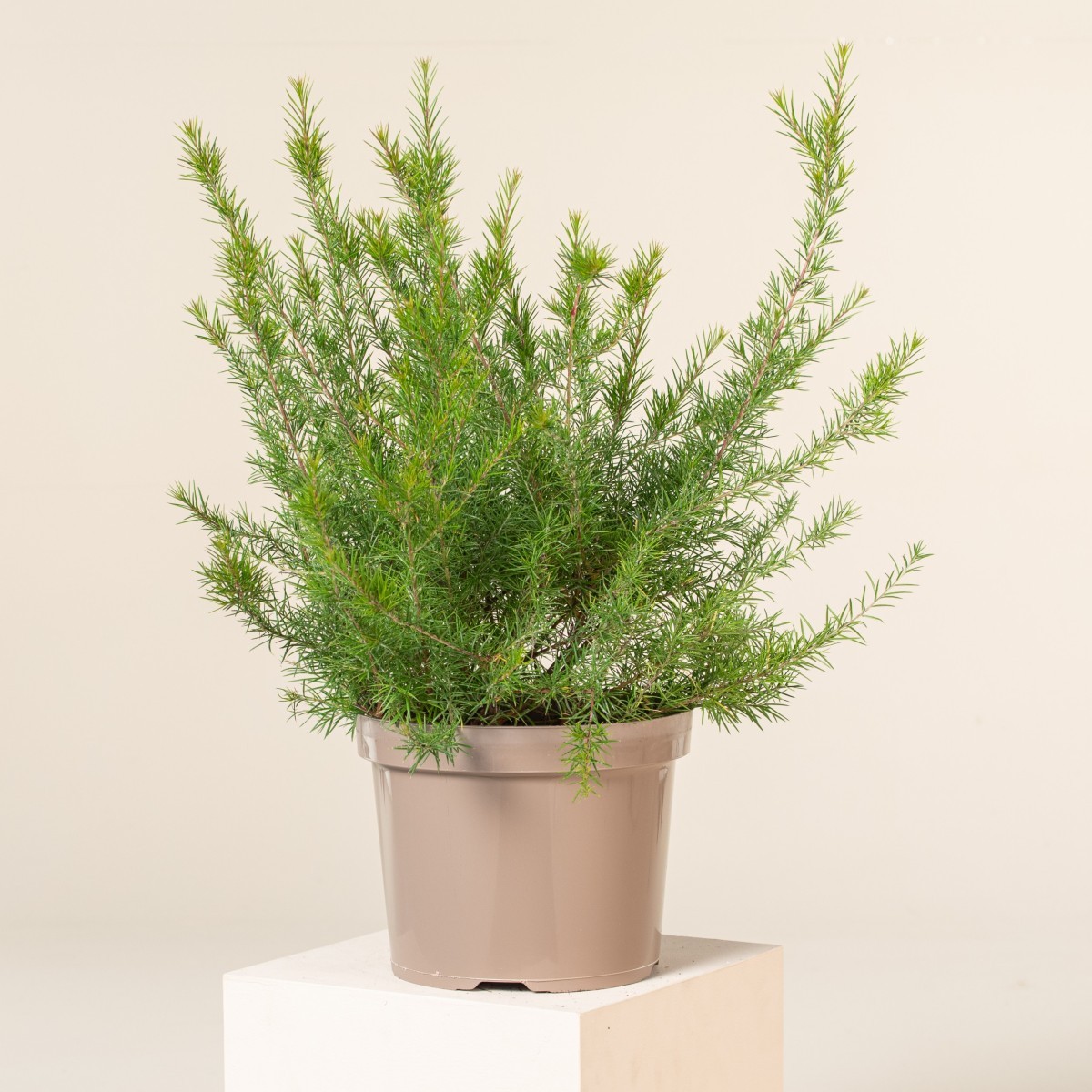



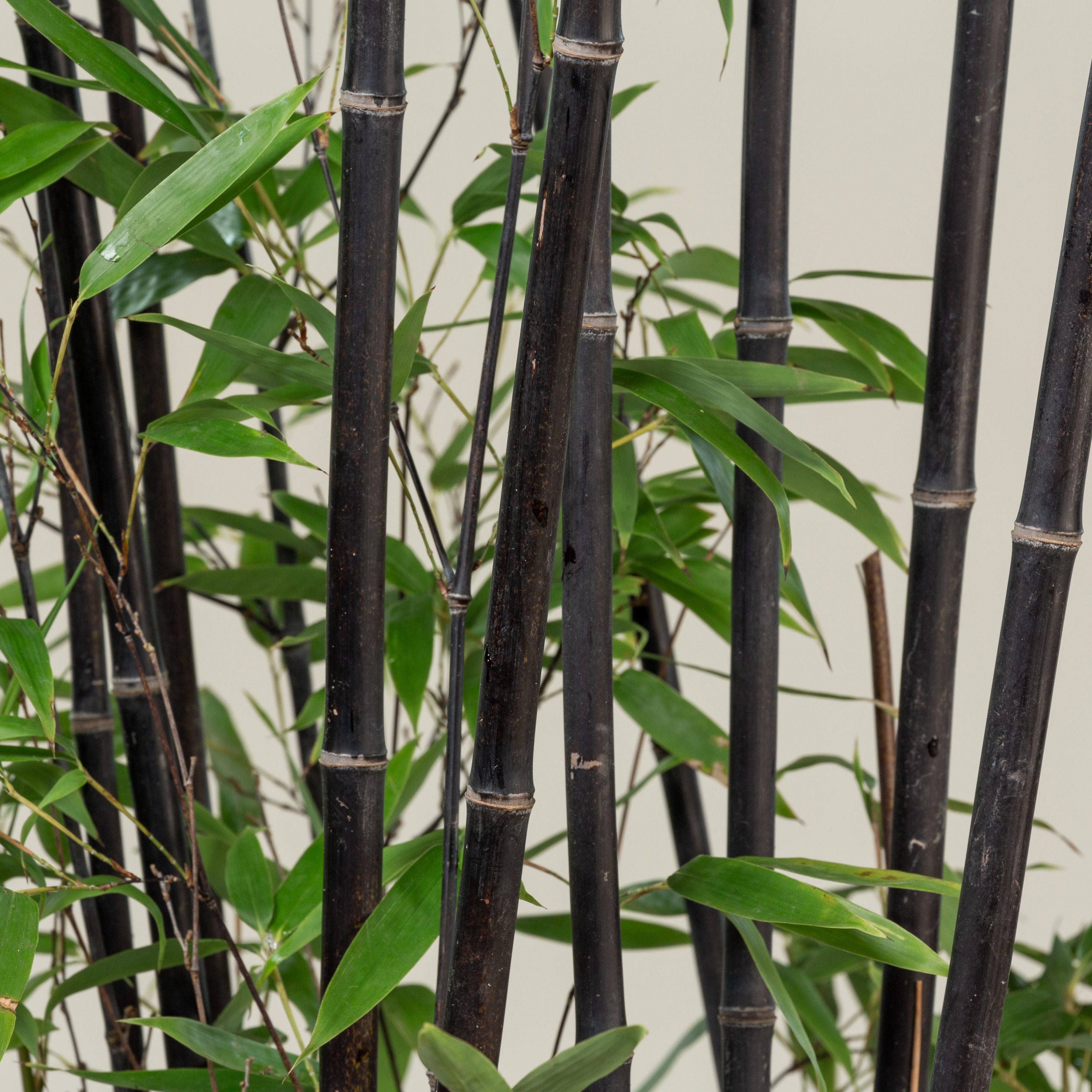
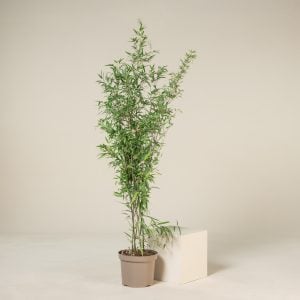
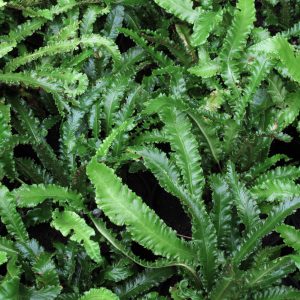
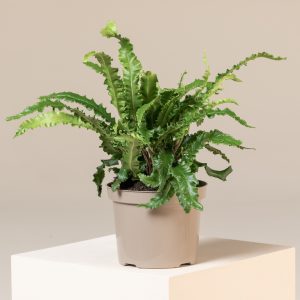
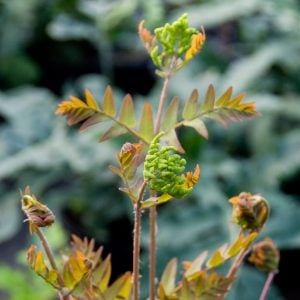
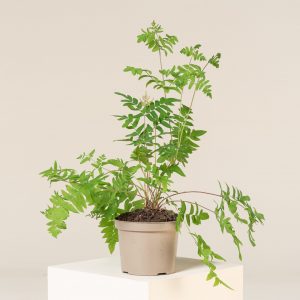
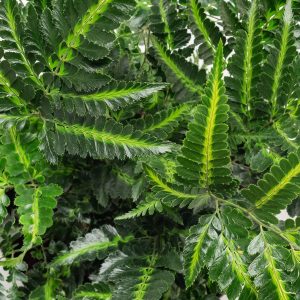
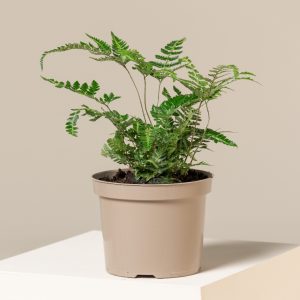
Reviews
There are no reviews yet.